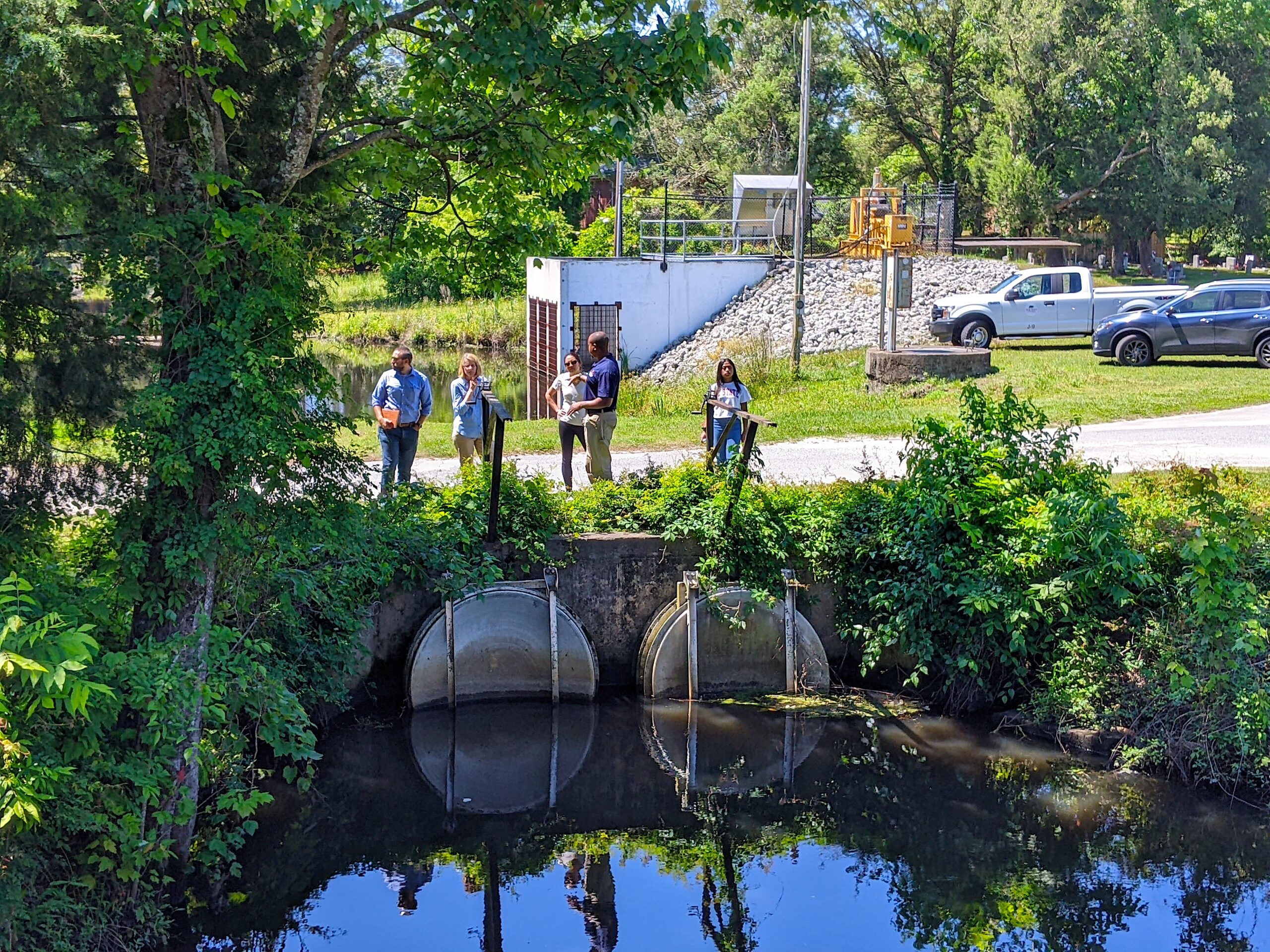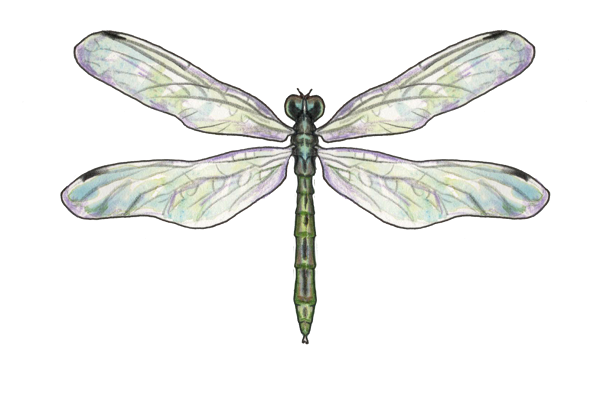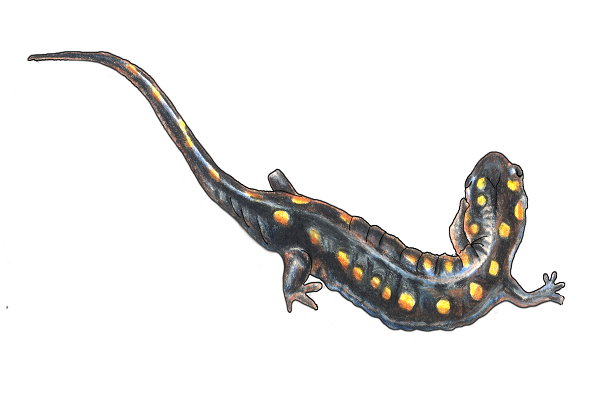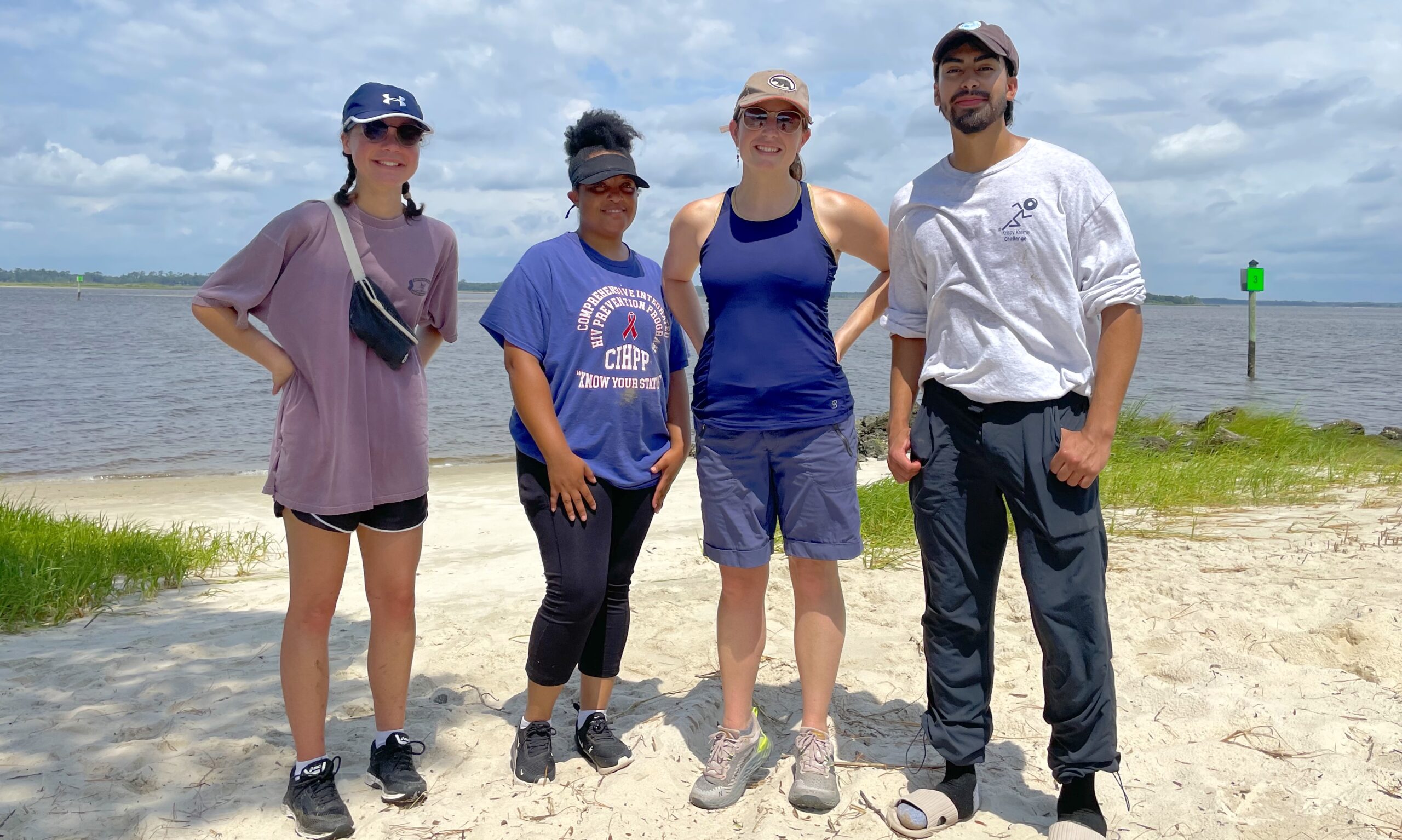SEA SCIENCE: WATER EVERYWHERE: Charting the Message on Water Resilience

Cathy Dobbins, the assistant director of strategic alliances at UNC-TV, is the Drinking Water Resilience Interactive Project manager. She has 19 years at UNC-TV, where she started out in production, including working with North Carolina Sea Grant on videos and instructional materials.
Eric McDuffie is science department chair and a teacher at C.W. Stanford Middle School in Hillsborough, North Carolina. He also serves as the executive director of The PeaceKeeper Foundation, a board member for Environmental Educators of North Carolina, and alumni council member for the Nicholas School of the Environment at Duke University.
Every time you get water out of a drinking fountain or faucet, you are encountering a small miracle. For most Americans, drinking water is safe and readily accessible with the turn of a faucet handle. People in Flint, Michigan, have learned brutal lessons about what happens when the water system breaks down. More than a billion people around the globe don’t have access to clean and safe drinking water.

But before water even enters man-made pipes and infrastructure, nature does a remarkably good job of scrubbing it clean. It seems hard to believe that water in rivers and streams is clean when you consider all the natural and solid waste entering waterways every day.
Think of the millions of leaves that fall every autumn. Think of all the animals producing waste wherever they are — waste that enters the water. And, don’t forget the creatures that live in the rivers and streams. They excrete directly into the water.
So why don’t the creatures that live on the land and in the water get sick from drinking water that does not sound very clean? It’s because Mother Nature provides a natural wastewater treatment process that constantly cleans the water, allowing living things in the watershed to survive.
With funding from North Carolina Sea Grant and the Water Resources Research Institute of the University of North Carolina system, a team from UNC-TV and the University of North Carolina at Chapel Hill’s Institute for the Environment set out to help residents, teachers and students understand how nature and humans can work together to keep water clean.
The Drinking Water Resilience Interactive Project, or DRIP, seeks to increase knowledge of solutions that can enhance sustainable use of water to the benefit of communities, ecosystems and economies. Project materials also show how urban development can influence drinking water.
DRIP combines the storytelling strengths of UNC-TV, North Carolina’s statewide public media resource, with the technical expertise and experience of the UNC-CH team. “UNC-TV’s reach brings these topics of water sources and water quality to many people who would otherwise might not have heard of them,” says John Fear, Sea Grant and WRRI deputy director.
As of late 2015, DRIP-related messages on television, the website and social media, as well as at conferences have touched about 135,000 people.
INFORMED DECISIONS
North Carolina has suffered through two major droughts in the past 15 years.
“With the state’s growing population, there are big problems ahead,” warns Greg Characklis, director of the Institute for the Environment.
The 2007 drought made the state stand up, take notice and embark on a collaborative planning process, says Michael Schlegel, water resources program manager for Triangle J Council of Governments. Now the state has a water plan that outlines what water will be needed and where it will come from through 2060.
But the plan comes with hard choices for communities and the state, including raising water bills and making tough decisions about how communities can share dwindling water resources. “Impacting behavior in times of drought is critical,” Schlegel says.

We want abundant clean water and resilient environments, Schlegel explains, but achieving those goals will take everyone working together.
That’s one of the goals of the DRIP project: to help people understand the effects of their decisions and to encourage them to work together to create more sustainable environments.
The DRIP website, drip.unctv.org, addresses needs identified by teachers and water management experts.
Teachers sought more online learning tools on water, drought, conservation, aquatic ecology and water management, specifically with a focus on the state. The material aligns with the North Carolina Essential Science Standards, including the standards for environmental education.
Water utility managers wanted the public to understand where their water comes from and where it goes — including the connection between water pollution and drinking water, and how drinking and wastewater connect to our public waters.
Based on these interests, UNC-TV and the UNC-CH team created a site to explain how the water cycle and living organisms within a river basin ecosystem clean water naturally — and how human activities add to, or diminish, the available supply of drinkable water.
The partners developed four online units for DRIP, each concluding with a short, self-paced quiz to test the readers’ understanding. In addition, a map allows users to discover where their drinking water comes from and the possible sources of contamination.
The site also offers eight videos and a list of related websites.
A special feature is the beautiful hand-drawn illustrations of Emma Skurnick, a North Carolina artist living in Pittsboro. Users can download these images and use them to create their own “water works.”
Using all of the DRIP elements, varied audiences can gain insight into an increasingly critical issue for North Carolina.
This article was published in the Summer 2016 issue of Coastwatch.
For contact information and reprint requests, visit ncseagrant.ncsu.edu/coastwatch/contact/.
- Categories:


